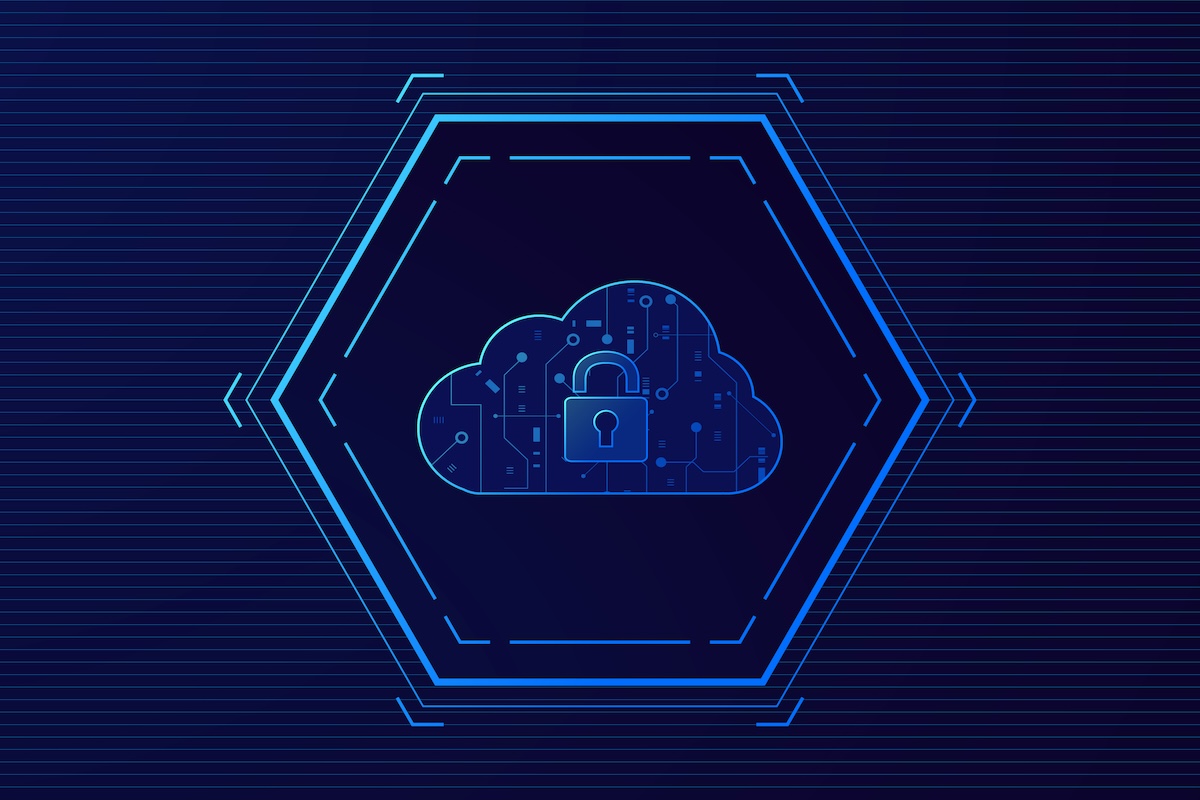The cloud pyramid: difference between IaaS, PaaS and SaaS
Cloud computing is the distribution of computing services, such as servers, storage resources, databases, networking, software, analytics, and intelligence, over the Internet (“the cloud”) to provide rapid innovation, flexible resources, and economies of scale. You pay only for the cloud services you use and save on operational costs. In this article we show you main differences between IaaS, PaaS and SaaS in cloud computing.
The 3 main types of cloud services: IaaS vs PaaS vs SaaS
The 3 main types of services that can be delivered in the cloud are:
- IaaS, Infrastructure as a Service,
- PaaS, Platform as a Service, and
- SaaS, Software as a Service.
The services that can be offered by a cloud structure are basically three, to which two others can be added: DaaS and HaaS.
The positioning, that each type of service occupies within the pyramid, is not random, but represents the interdependence that exists between one and the other.
In this sense, each software (SaaS) is based on a platform (PaaS) for which an infrastructure (IaaS) is required.
The topic is very complex and varied and we will propose, in three episodes, the analysis of each typology starting from Iaas: Infrastructure as a Service.
What is IaaS?
IaaS is an acronym that stands for Infrastructure as a Service. When we talk about “Infrastructure as a Service” we are referring to the action of reserving hardware resources in the cloud. This means that you determine an amount of physical resources such as CPU, RAM, Network and Storage and then use them with the operating system you want.
The user is able to deploy and run arbitrary software, which can include operating systems and applications. The user does not manage or control the underlying cloud infrastructure but controls everything else.
Iaas definition and examples
IaaS is comparable to buying hardware components: just as I can physically buy a server to install in my company, I can decide to reserve the infrastructure in the cloud.
This type of cloud service is on the first step of the pyramid because the hardware resources are the base on which then go to work to give life to the rest. In this situation, the provider you choose will provide the resources that you will then manage in complete autonomy.
IaaS Opportunities
IaaS infrastructures are managed through a virtualization system, based on the main hypervisors, which allow the creation of virtual instances for customers: no managed support is provided, so the customer is free to create his own virtual infrastructure within the cloud, making use of networking components, such as virtual switches and load balancers, or even storage components.
IaaS Limits
One of the big limitations of this layer, the IaaS layer, is the cost estimation. This turns out to be very complicated as resources are paid for based on usage. The other limitation is management skills: the company that wants to take advantage of this infrastructure will have to manage its own resources and will have to adequately train staff to carry out this task.
In conclusion
In the next insight we will talk about PaaS by analyzing its meaning the advantages and limitations Remember that there is no “one-size-fits-all” solution for cloud adoption. Companies should evaluate costs and benefits and, therefore, decide which is the best model. More about iPaaS: integration Platform as a Service
More about Cloud Enablement and IIoT: An interview with Ian Kanski, CTO of UrsaLeo



